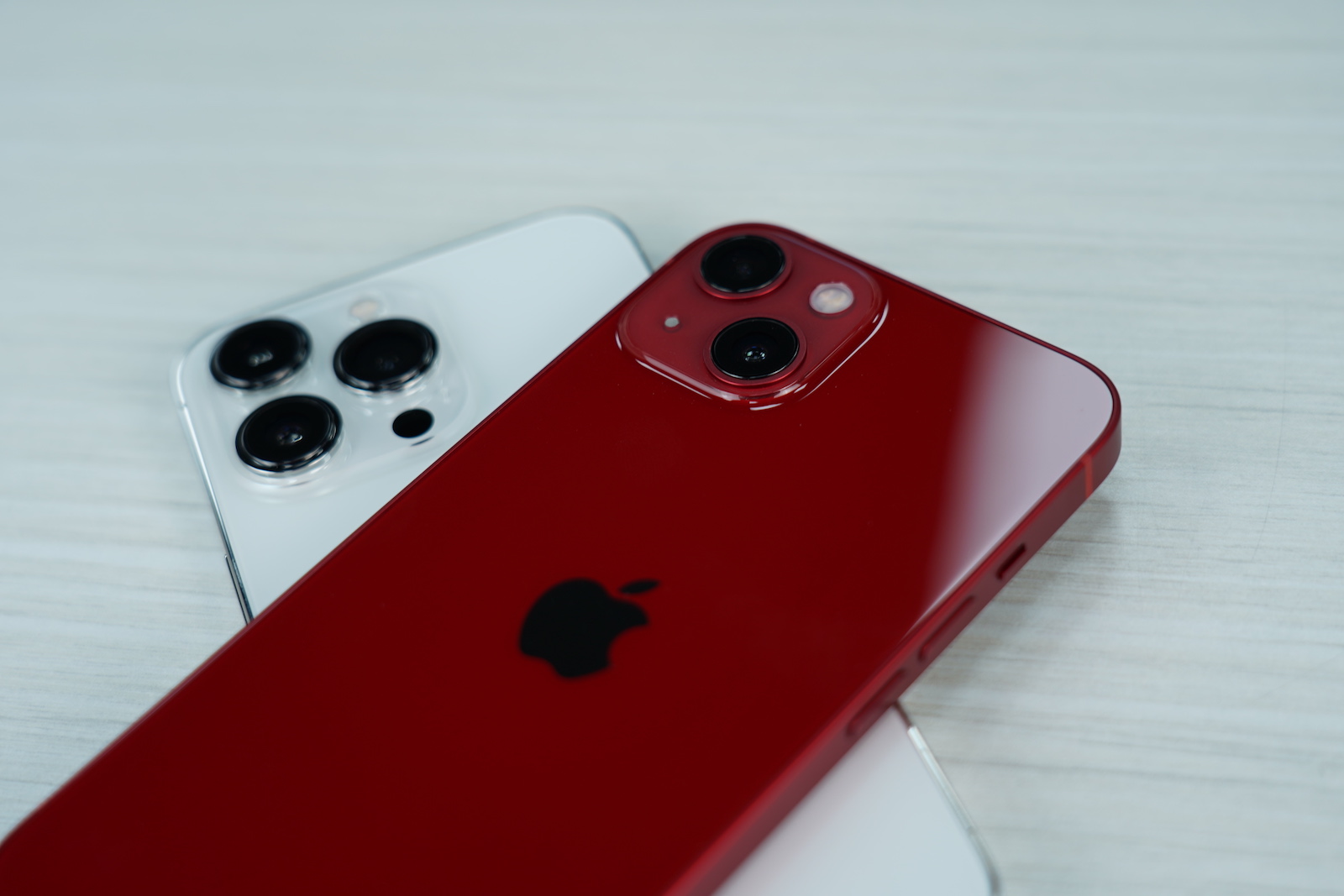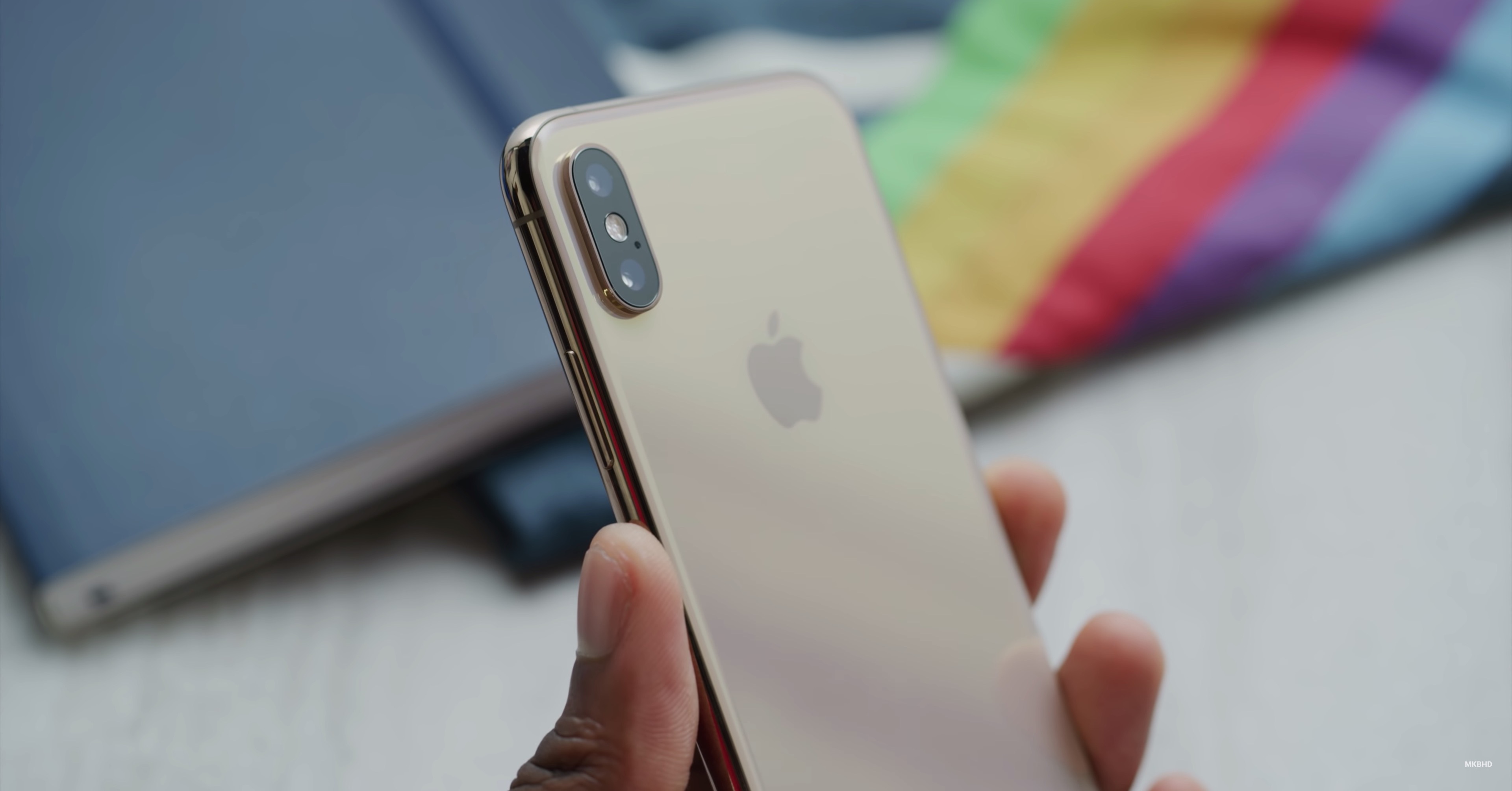In the current range of Apple phones, we can find four iPhones, which can be further divided into basic and "professional" models. Although we can find a number of differences between the two mentioned categories, for example in the display or battery life, we can observe an interesting difference in the rear photo modules. While "Pročka" offer a wide-angle and ultra-wide-angle lens, which is also supplemented with a telephoto lens, the basic models have "only" a dual photo system consisting of a wide-angle and ultra-wide-angle lens. But why, for example, instead of an ultrawide camera, does Apple not bet on a telephoto lens?
It could be interest you

History of iPhone lenses
If we look a little into the history of Apple phones and focus on the first iPhones that offered a dual camera, we will find out an interesting thing. For the first time ever, the iPhone 7 Plus saw this change with its wide-angle camera and telephoto lens. Apple continued this trend until the iPhone XS. Only the iPhone XR, which only had a single (wide-angle) lens, stood out slightly from this series. All models, however, offered the mentioned duo otherwise. A fundamental change only came with the arrival of the iPhone 11 series. For the first time, it was divided into basic models and Pro models, and it was precisely at this moment that the Cupertino giant switched to the aforementioned strategy, which it still follows today.
However, the truth is that Apple has not practically changed its original strategy, it has only modified it slightly. The mentioned older phones such as iPhone 7 Plus or iPhone XS were the best of their time, thanks to which we can theoretically guess the designation Pro - at that time, however, the giant did not release several iPhones, and it is therefore logical why it switched to this method of marking only later.

Why entry-level iPhones have an ultra-wide-angle lens
Although the telephoto lens is a relatively decent tool, it is still limited to only the best Apple phones. At the same time, it brings with it a number of interesting benefits in the form of optical zoom, thanks to which the resulting image looks as if you were standing right next to the photographed object. On the other hand, here we have an ultra-wide-angle lens that works practically in the opposite way – instead of zooming in, it zooms out of the entire scene. This allows you to fit significantly more images into the frame, which can be useful in a variety of situations. This lens is mainly significantly more popular than the telephoto lens, which is true not only for iPhones, but practically in the entire industry.
From this point of view, it is quite understandable why basic iPhones offer only one additional lens. In order for the Cupertino giant to be able to reduce the costs of these models, it only bets on a dual camera, where the combination of a wide-angle and ultra-wide-angle lens makes more sense.
It could be interest you

 Adam Kos
Adam Kos 



tvl, talk about your cookie dialog, the person is messing it up for maybe 5 minutes, it's terrible
Exactly, that's why I hate it here too.
Otherwise, I don't agree that an ultra-wide angle lens is more popular than a telephoto lens. Definitely not, quite the opposite. When I had the iPhone X, I took most of the photos with the telephoto lens. Now they do 3x zoom, which is a shame, I would take 2x and with better features. The ultra-wide distorts so insanely that it's almost unusable up close.
Well, maybe I have the exact opposite. I've had the iPhone X for three years and I've used the telephoto lens minimally, but I use the ultra-wide almost all the time.